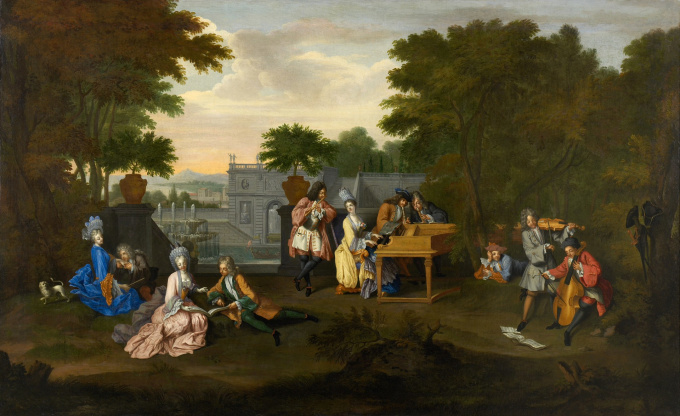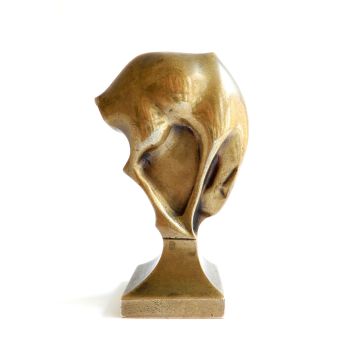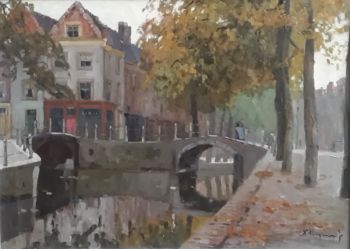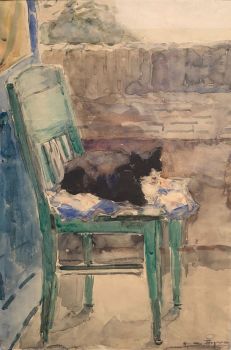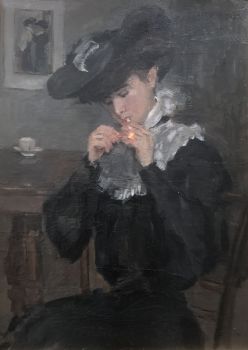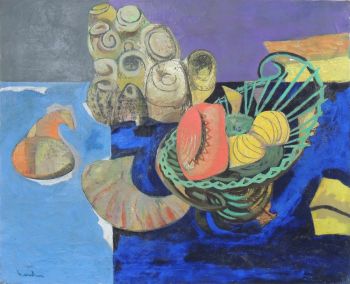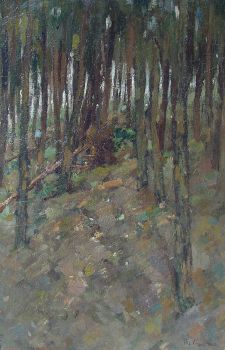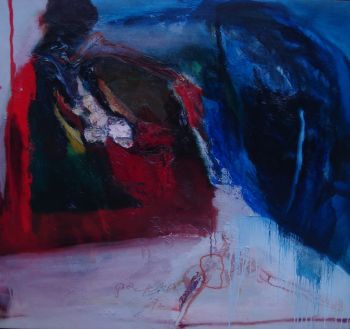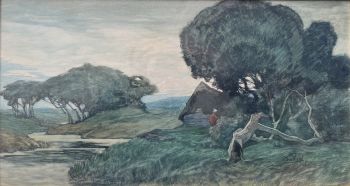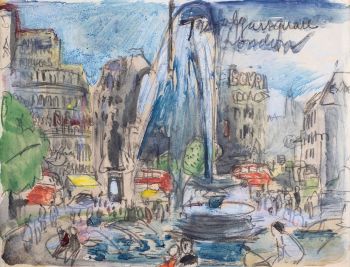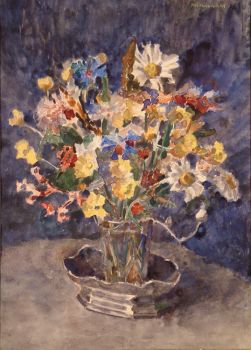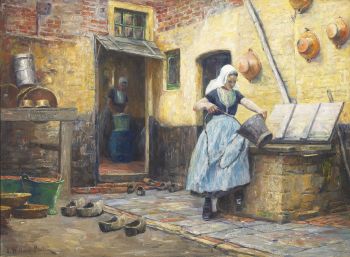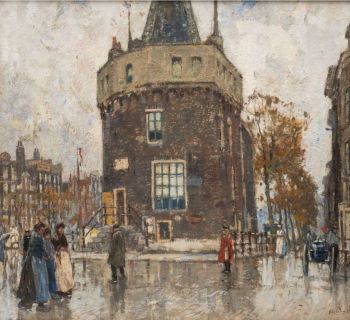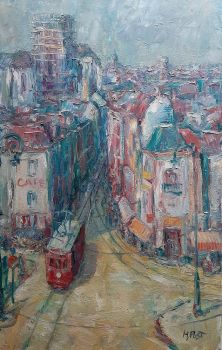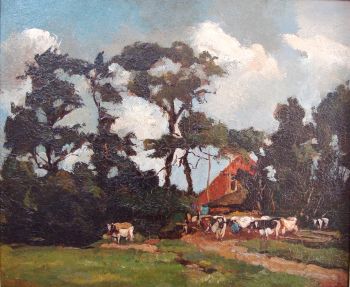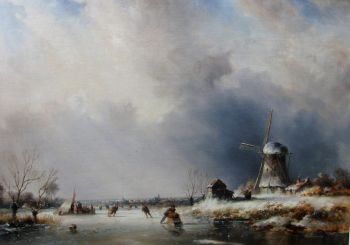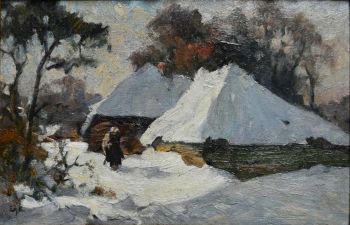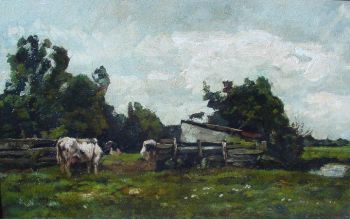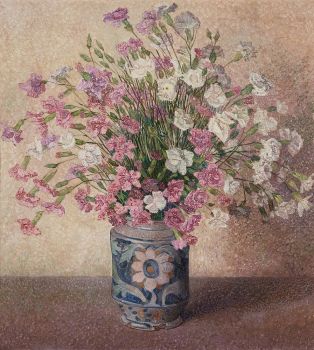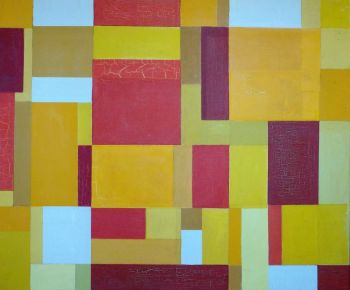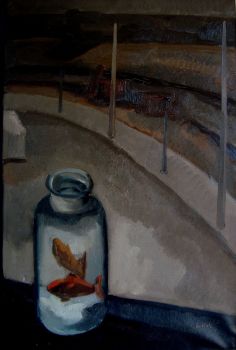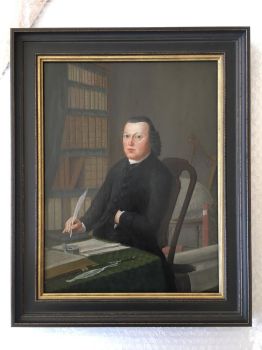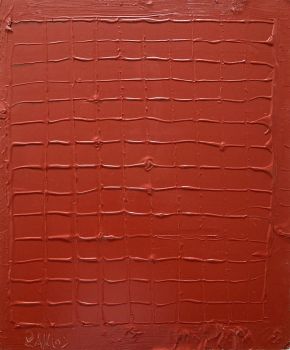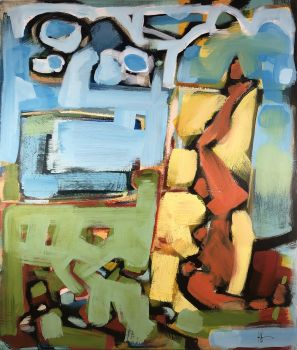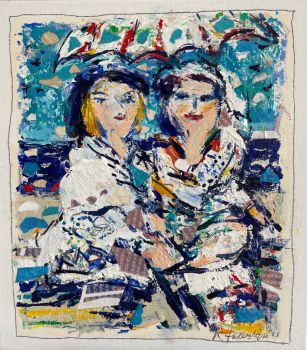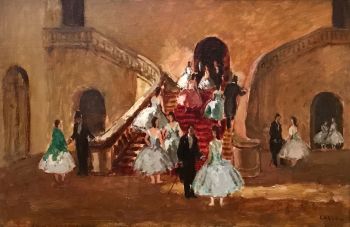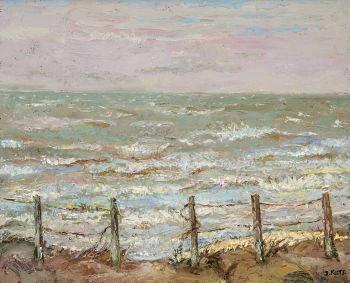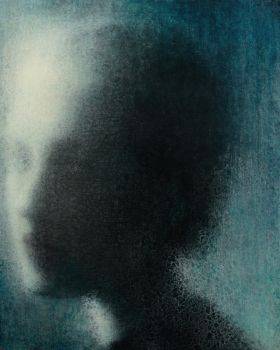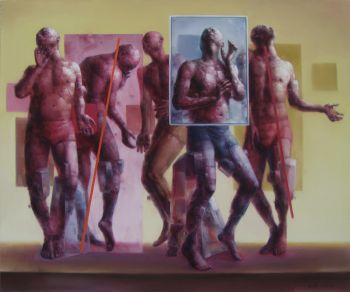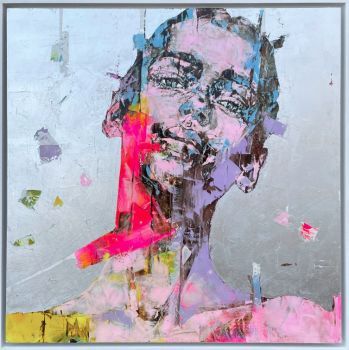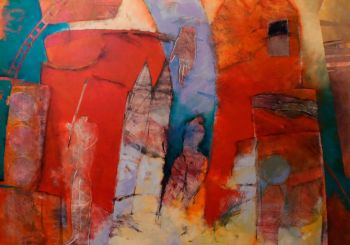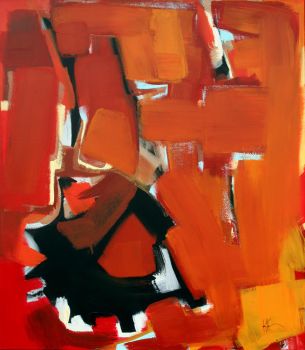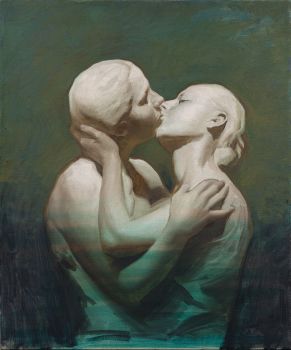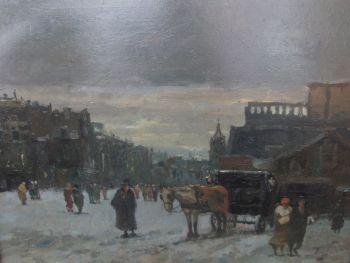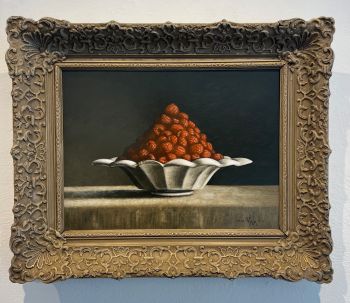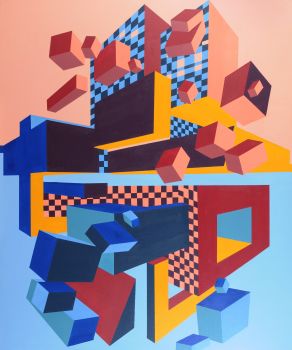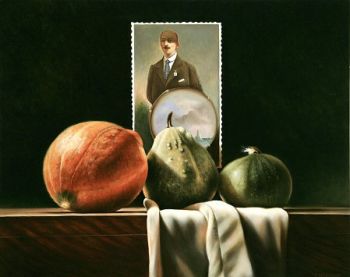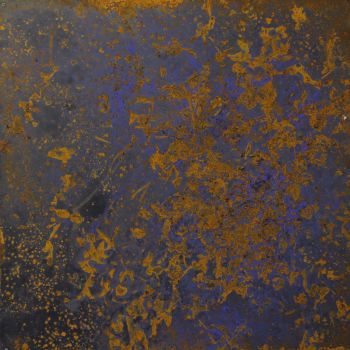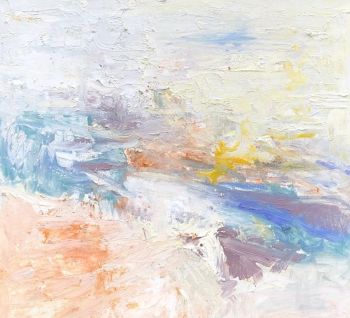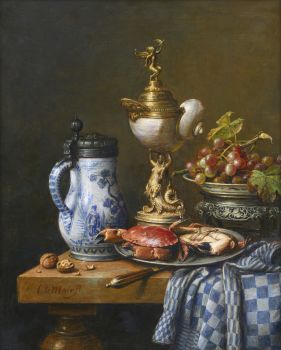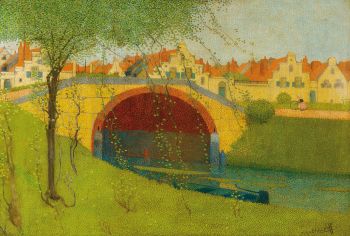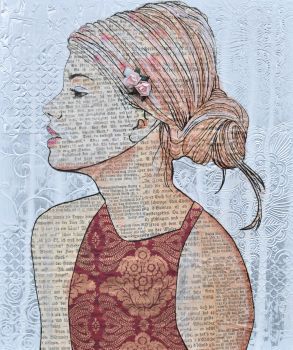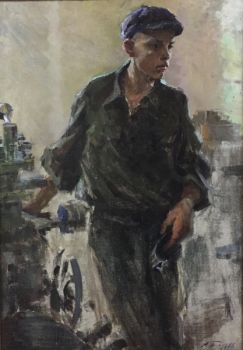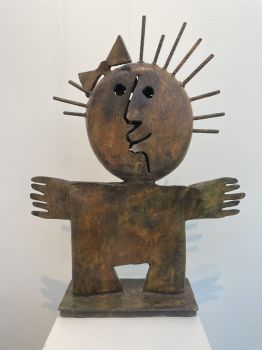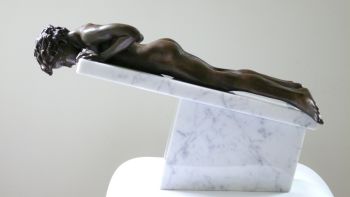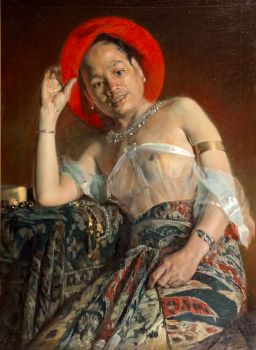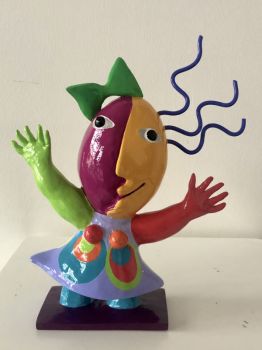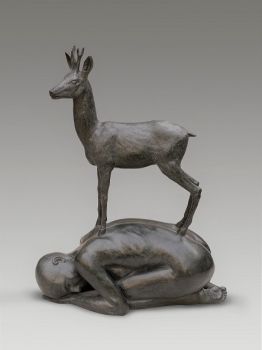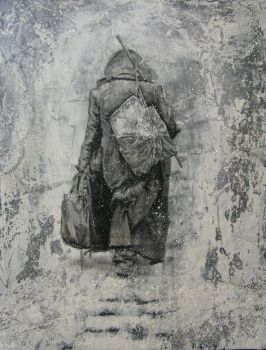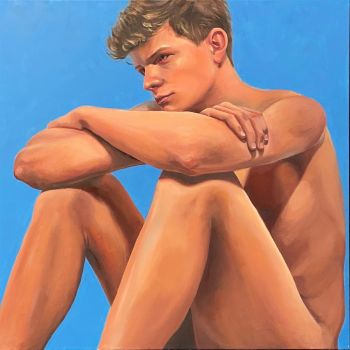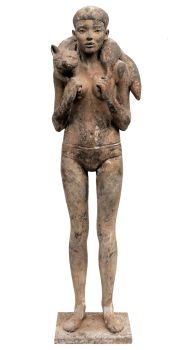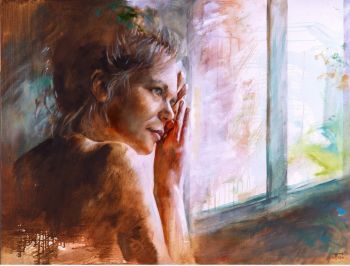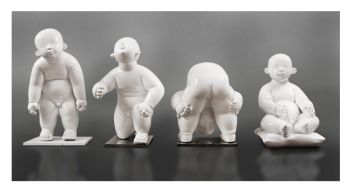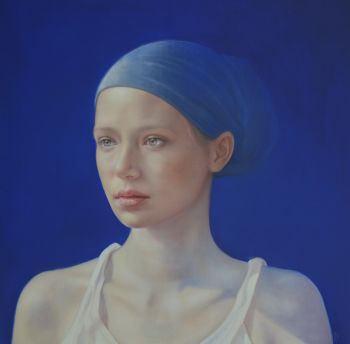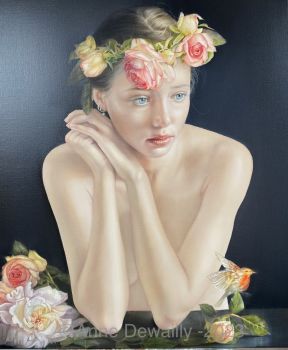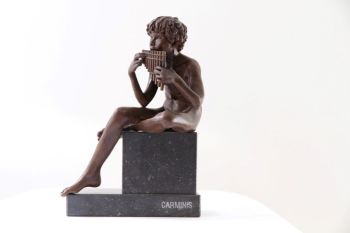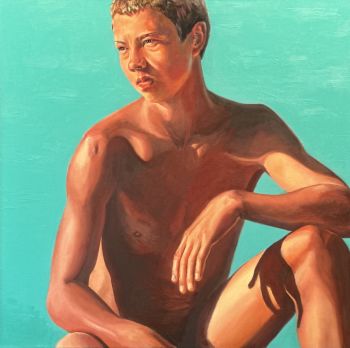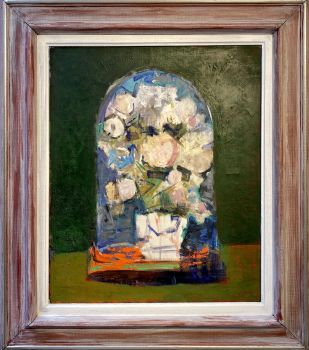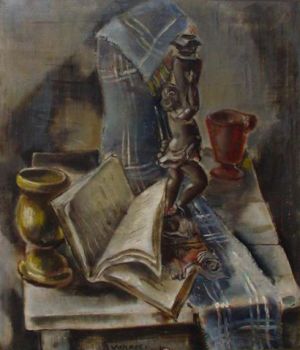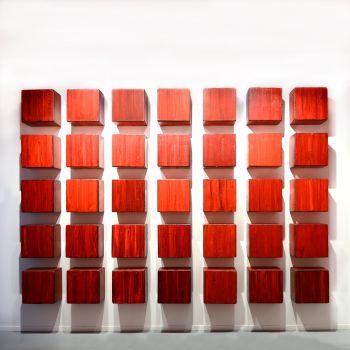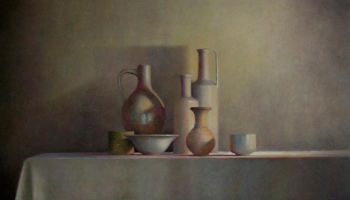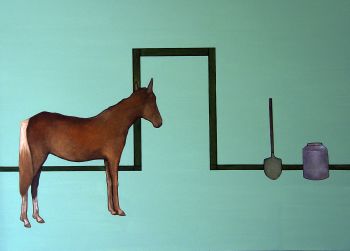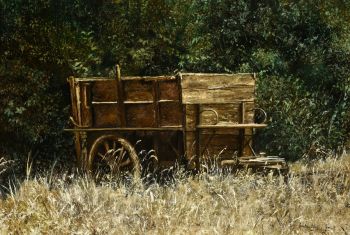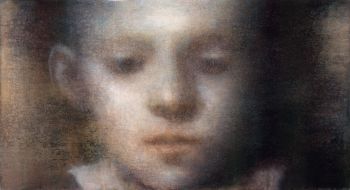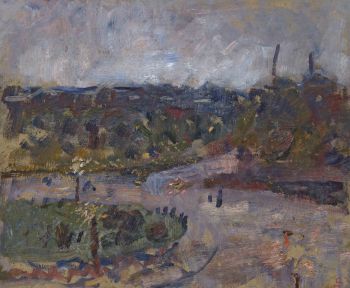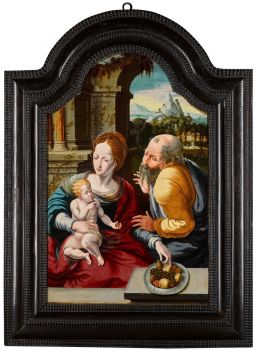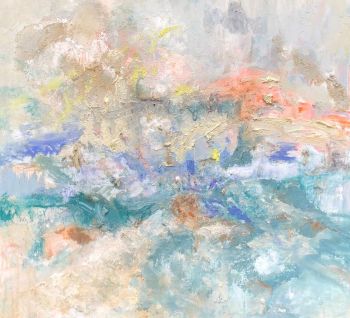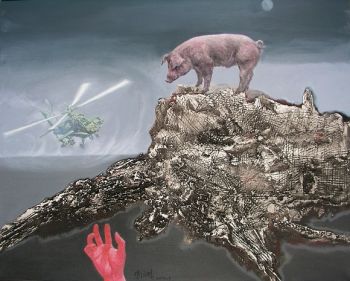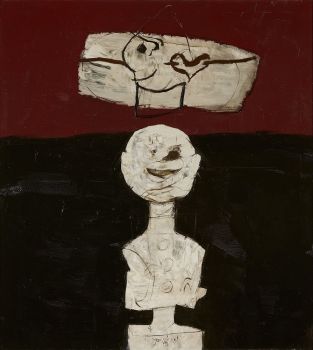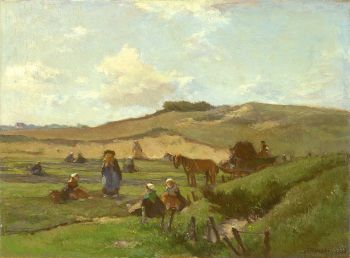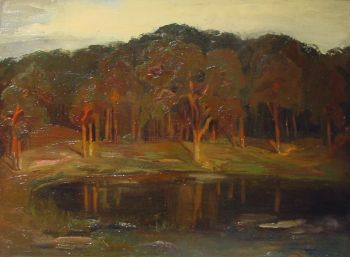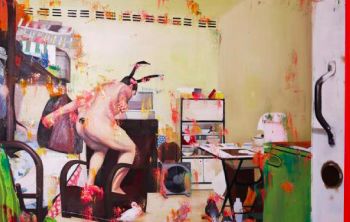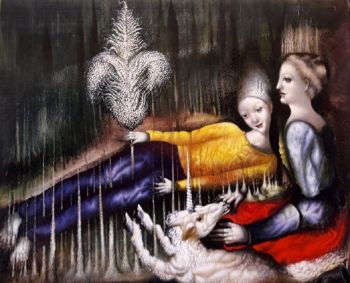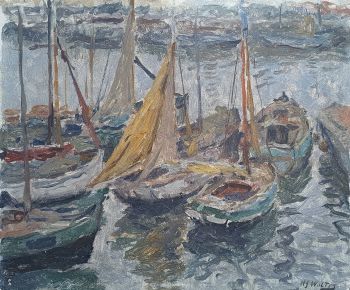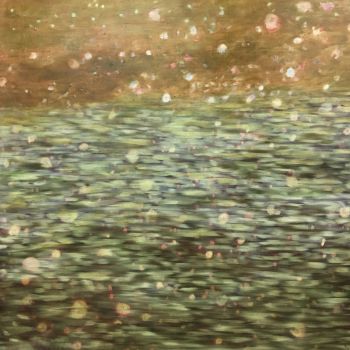Concert Champêtre 1710
Bernard Picart
LienzoPintura de aceitePintura
91 ⨯ 147 cm
Actualmente no disponible a través de Gallerease
- Sobre la obra de arteThe French painter and engraver Bernard Picart (1673-1733) was foremostly famous for his prints. Paintings of his hand are rare. In 1710 the artist moved to Holland, where at first he lives in The Hague and from 1711 on in Amsterdam. Here he continued his career as an illustrator.
The subject of this painting was derived of one of Picart’s own prints. This print was signed: Inventé et gravé par B. Picart, and was one of a series of three that had the elegant joy of rural life as subject. The specific print that was used for this painting was accompanied by a poem:
A l’ombre des bosquets dans un beau jour d’Eté
Cette agréable Campagnie
Goute le doux plaisir que donne l’harmonie
Lorsque tout est bien concerté
Mais parmi les attraits d’une belle musique
Ou de Baptiste Ou de Lambert
L’amour tient sa partie et très souvent se piqué
De faire que deux coeurs soupirent de concert.
The series, of which this ‘Concert Champêtre’ was part, belongs to the so called ‘Fêtes Galantes’, the elegant parties where lavishly dressed men and women enjoy themselves in a landscape. In elegant poses, they make music, read, make poetry and court. The origin of this theme is to be found in the Italian art of the 16th century. Painters like Titian and Giorgione are known to have made similar depictions.
Picart picked this theme up in a contemporary manner of the early eighteenth century. He followed on to the Parisien fashion to go out in the country in the company of elegantly dressed friends, far from the bustle of the city. Picart thus created a new theme, ten years before Antoine Watteau started to paint similar galant companionships that made him famous as the master of the ‘Fêtes Galantes’. - Sobre el artistaEl ilustrador Bernard Picart (1673-1733) fue un calvinista francés obligado a trasladarse a los Países Bajos tras la Revocación del Edicto de Nantes en 1685. Entre 1723 y 1737 colaboró con el editor Jean-Frédéric Bernard para producir Cérémonies et coutumes religieuses de tous les peuples du monde. Pronto se tradujo al inglés y apareció en varias ediciones durante el siglo siguiente. Esta documentación enciclopédica de religiones comparadas ejemplifica el proyecto de clasificación de la Ilustración. En la sección sobre judaísmo, las ilustraciones de Picart representaban principalmente a la rica comunidad sefardí de Ámsterdam. Aunque la mayoría de la población judía en Holanda era asquenazí, habiendo emigrado de Alemania y más al este, el trabajo de Picart se centra casi exclusivamente en aquellos judíos cuya apariencia habría sido más familiar para una audiencia cristiana. Los grabados de Picart establecieron la forma convencional de representar las costumbres judías durante siglos. Su reinterpretación en libros del siglo XIX y postales del siglo XX atestigua la perdurable popularidad e influencia de sus imágenes.
Artwork details
Categoría
Tema
Estilo
Material y Técnica
Colour
Related artworks
Rudolf de Bruyn Ouboter
Flower vase in a silver contoured tray1940 - 1950
Precio a consultarAdelwein Kunst
Valentine Willaert Fontan
ZEEUWSE MEISJES BIJ DE WATERPUT1892 - 1939
Precio a consultarGalerie Het Noorderlicht
1 - 4 / 24Dutch School
Llegada de un holandés de las Indias Orientales a Table Bay18th century
Precio a consultarZebregs & Röell - Fine Art - Antiques
1 - 4 / 24- 1 - 4 / 24
Johannes Evert Akkeringa
'Nettenboetsters' in the Dunes1861 - 1942
Precio a consultarStudio 2000 Art Gallery
1 - 4 / 24

